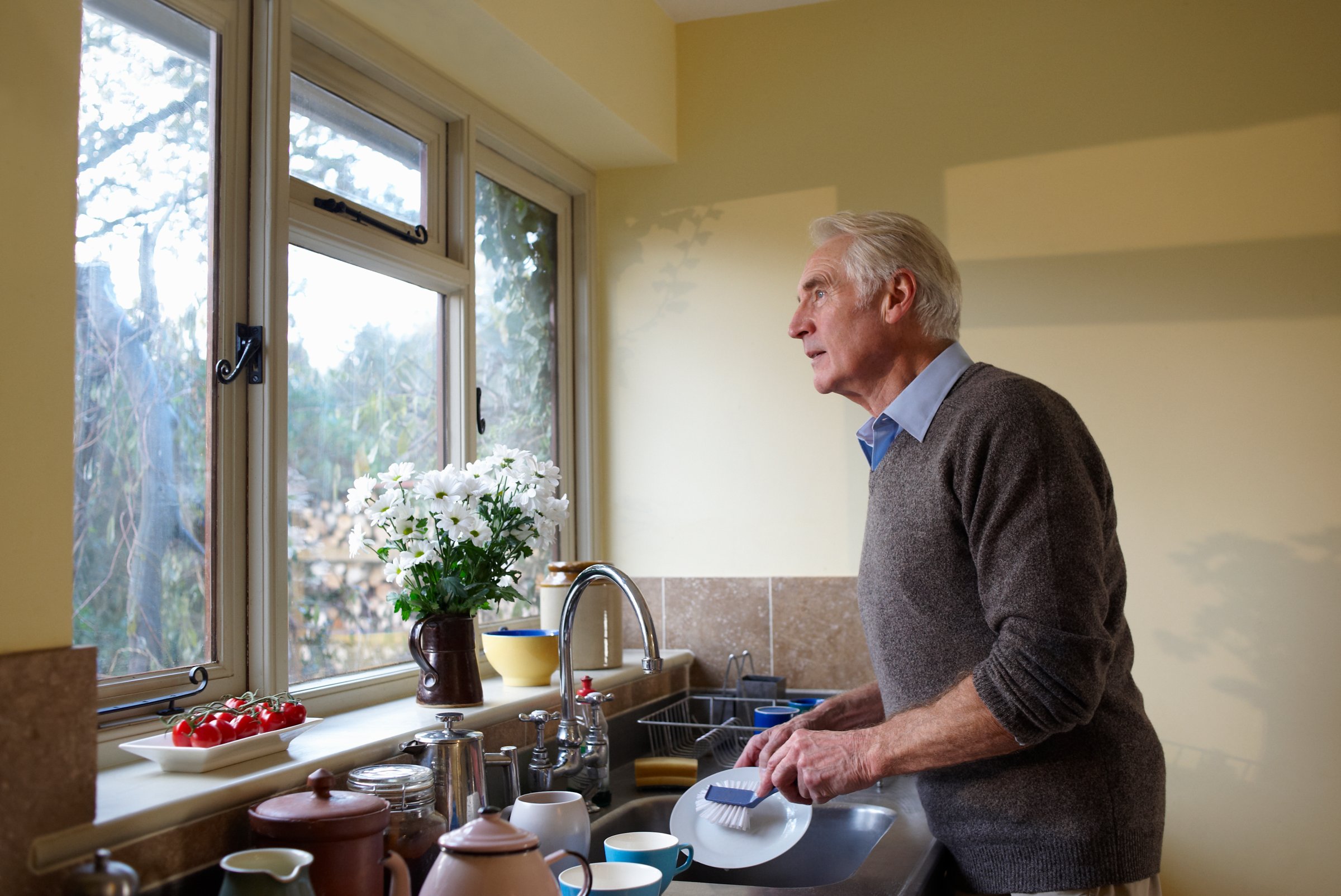
Most exercise recommendations include several sessions of moderate to vigorous activity each week, but not all adults are physically up to the task.
There’s a lot of back and forth among experts on just how much activity people need to enjoy health benefits, and whether it’s the intensity of exercise or the amount that matters. That’s especially important for older people who are more likely to have issues with mobility but are also at higher risk of heart disease and other problems that physical activity can help. For them, is even a little more movement enough, or do they need to reach a certain threshold, which for many is unrealistic?
MORE: When Exercise Does More Harm Than Good
To find out, Thomas Buford, assistant professor of aging and geriatric research at the University of Florida College of Medicine, reports in the Journal of the American Heart Association on a study involving 1,170 older adults ages 74 to 84 who had some limits on their mobility. Each participant wore an accelerometer to record their daily amount of physical activity, and the scientists calculated each person’s risk of having heart events like heart attacks or stroke based on established risk factors like age, cholesterol, blood pressure and smoking status.
As expected, they found that those who were sedentary, or logged the least counts on their accelerometers, had the highest risk of having a heart event in the next 10 years. But to Buford’s surprise, the group that incorporated just a little bit more activity — such as moving around the house, doing chores and the like — showed lower risk than the sedentary group.
MORE: It Doesn’t Matter How Much You Exercise if You Also Do This
That’s encouraging, since it suggests that even a little more movement during the day can contribute to better health and lower risk of heart-related problems. “These are what we would consider really low-level activities, but they did seem to have an influence,” says Buford. “When you look at older adults, particularly those with mobility challenges, to give them a recommendation to do 30 minutes of walking three to four times a week when they have trouble getting to their mailbox can be daunting. Here we can say that even low-level activities can be helpful.”
Part of that benefit may be coming from the fact that if the people in the study were moving, that means they weren’t sitting. There’s growing evidence that sitting itself may have adverse effects on the heart and body independent of activity. Brain signals during sitting, for example, may influence the way the body burns energy. In the current study, Buford wasn’t able to determine if the benefits from the slightly more active seniors came from sitting less, but he plans to study that relationship in a follow-up study in which one group of people will be assigned an exercise regimen and the other will not.
MORE: Sitting Is Killing You
Buford is reluctant to use the word exercise to describe the activity that seemed to benefit those who moved a little more in his study, since the mobility was really minimal and not structured in any way. But avoiding the E word might actually help motivate older adults to get up and move. “A lot of people may feel that it’s too late, or maybe too difficult to exercise, but even activities that are barely above being sedentary can help,” Buford says. “It’s never too late to incorporate these things, and we shouldn’t underestimate the potential health benefit that incorporating more light activity into the day might have.”
More Must-Reads From TIME
- The 100 Most Influential People of 2024
- Coco Gauff Is Playing for Herself Now
- Scenes From Pro-Palestinian Encampments Across U.S. Universities
- 6 Compliments That Land Every Time
- If You're Dating Right Now , You're Brave: Column
- The AI That Could Heal a Divided Internet
- Fallout Is a Brilliant Model for the Future of Video Game Adaptations
- Want Weekly Recs on What to Watch, Read, and More? Sign Up for Worth Your Time
Contact us at letters@time.com